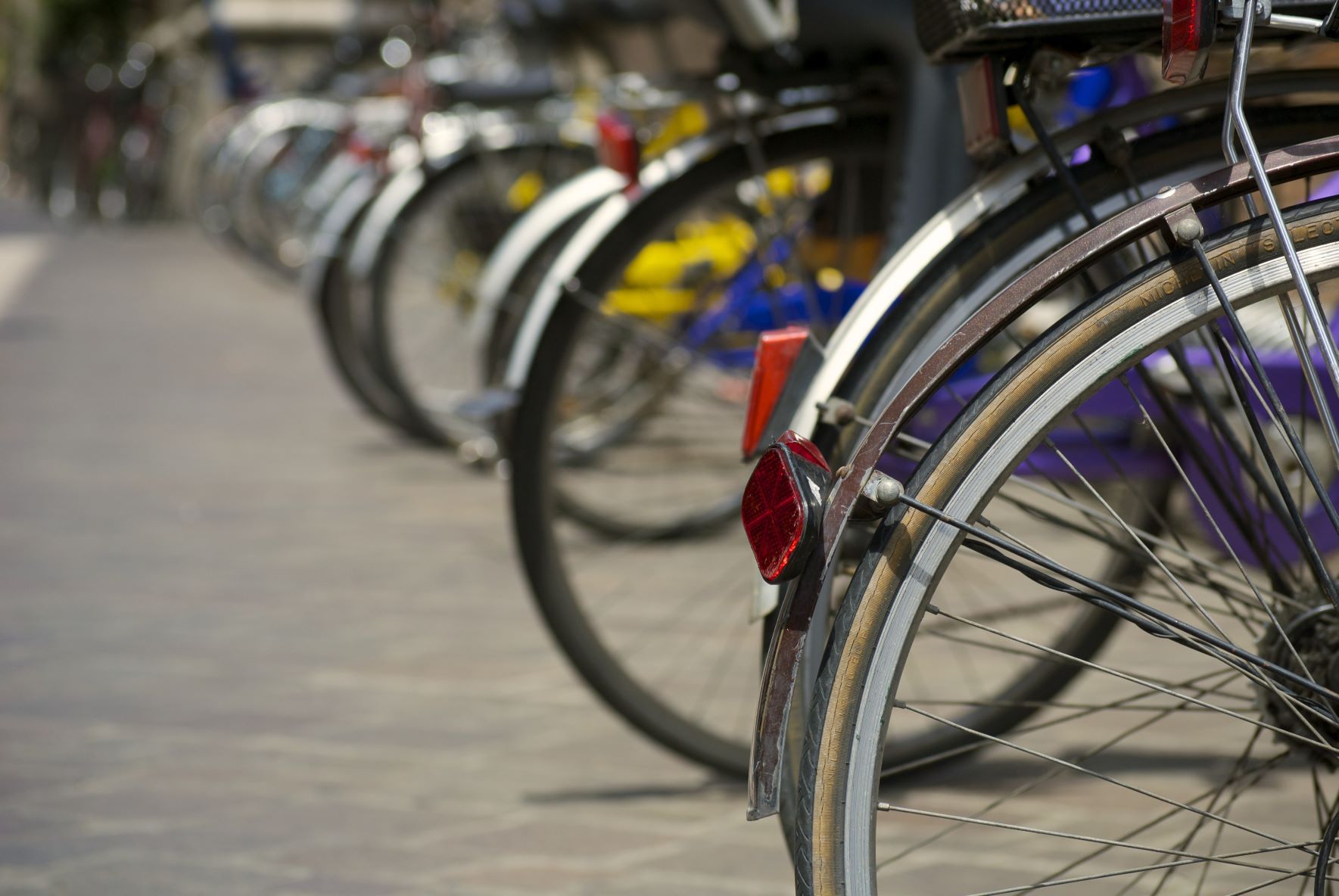Posted By:
Matthew Ahluwalia
Programme Officer

Lewes’ climate change and sustainability strategy sets measurable goals to guide climate action up until 2030, with interim targets also defined for 2025 and earlier. The goals set out a clear challenge for the council and local area to work towards and provide a benchmark for performance reporting. The strategy was published in 2021, after the authority declared a climate emergency in 2019.
The targets are focused on the council’s central vision to get to net-zero carbon emissions as well as building local resilience to climate change and tackling the area’s ecological emergency. The council determined three key approaches needed to achieve this vision:
Initial research into these three areas revealed a need to cut carbon emissions by 458,000 tonnes CO2e.
To deliver against these key areas, the council agreed upon a set of clearly defined targets after running panel sessions with local climate experts. The goals are far reaching and cover seven strategic areas including growing the green economy through local skills and procurement, energy and the built environment, sustainable travel, biodiversity and waste.
The goals and targets set by Lewes have the potential to influence a wider area due to the sharing of key staff between Lewes District and Eastbourne Borough Councils. Despite the back-office merger in 2015, they remain politically and economically independent, whilst also setting their own climate targets and individual climate action plans.
To reach these goals, interim targets have been set for 2025 or earlier. They include:
Lewes provides annual updates outlining the progress against key goals and targets. Alongside this, a set of individual indicators will be used to measure the extent to which the council is on track to reach its goals up until 2030.
Indicators for reducing carbon emissions include:
Although it is early for demonstrating the impact of the targets set out, there are some examples of notable projects that are beginning to deliver on the council’s goals.
The council has supported OVESCO, a local renewable energy co-op, to develop a solar farm of around 17 MW capacity generating around 20,000MW of energy a year. The council has made available a loan of up to £155,000 to support pre-planning application studies for the solar farm. Their involvement here will also help to stimulate demand in local supply chains, supporting local jobs in the solar energy industry.
New sustainable procurement strategies, are also starting to have an impact with the development of 13 highly sustainable council homes in Newhaven.
The modular flats, which include solar panels that feed into high tech batteries, have been built by a local employer. The company designs its properties and manufactures their components in a nearby factory, with 60% of the project’s workforce coming from the local college.
Both Lewes District and Eastbourne Borough councils are looking into creating a local Green Bond scheme for raising finance for climate action after the successful completion of an LGA grant funded ‘Financing Net-Zero’ research project with the University of Sussex. This was through the 2021 Net Zero Innovation Programme
Local expertise and local authority tools
The local authority managed to achieve a set of far-reaching, balanced sustainability goals by consulting local experts including universities, planning experts and consultancy firms.
The council worked with consultancy firm Anthesis to calculate the district’s carbon footprint, building upon the local authority emissions tool ‘Scatter’ Anthesis then provided further insight and analysis which enabled the council to establish strategic themes for reducing emissions.
Over eight months, specific goals and targets for each theme were debated at expert panel sessions made up of councillors and local experts. Considerations included what the council can commit to, what would be appropriate and what is realistically achievable.
Support from councillors
The expert panel sessions were supported by all local politicians who were engaged throughout the process and played key roles in panel sessions.
National partner
The Centre for Local Economic Strategies was a significant partner in supporting the local authority to develop community wealth building approaches, a people-focused strategy that aims to retain economic benefits locally. This now forms the core of the council’s approach to growing the green economy.
The council has a designated officer tasked with reporting on progress against climate and nature targets. In addition a working group of about 12 council officers across multiple departments has contributed to the development of the local authority’s key goals. This approach was a lower resource alternative to having a specific team just focused on climate change and sustainability.
The goals are now embedded within the remit of all officer roles at the council, making sustainability and climate change part of everyone’s work.
A key learning from Lewes District Council is that research, goal setting and action takes longer than is first perceived. This is important to take note of when setting interim targets and ensuring that the ambition that a local authority demonstrates is achievable.
It’s important to be realistic about what a council can achieve and not to over-promise. In many areas, the role of a local authority may be to facilitate action by others, as demonstrated through Lewes’ approach to decarbonising local energy. By being honest and open about what is achievable, and the need for others to act, councils can create long-term goals that can be met.
Find more resources for councils on our Learning Out Loud pages.
T: 0207 4100330 E: info@ashden.org
The Peak, 3rd Floor 5 Wilton Road, London, SW1V 1AP
Registered in England and Wales as a company limited by guarantee.
Registered number: 05062574/ Charity number: 1104153
See our privacy policy.
This site uses cookies to provide you with the best user experience. By using the Ashden website, you accept our use of cookies.
Stay up to date